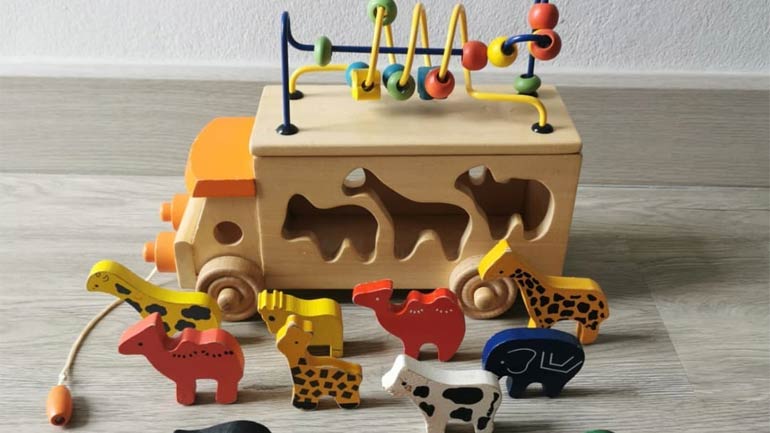
Shoes, sandals, or chappals, all these are worn on the foot so we can walk on the hard and rough surfaces. It also protects your feet from sharp objects, dirt, and other harmful things. Footwear is also worn as a fashion statement and provides comfort to your feet by providing cushioning and support. The main parts of a shoe are the sole, the upper, the heel, and the insole. Each has its own importance and work. The insole is an important part of a shoe, sandals, and boots which is pasted on the shoe outsole and heel.
How Insoles Help Your Feet?
You will not like to wear shoes without insoles. The shoe looks weird and uncomfortable without insoles. Its design also plays an important role in shoemaking. The right insoles can improve your foot health and comfort. So how do insoles help your feet and their benefits?
Soft Material
A wide variety of materials are used to make shoe insoles, each with its own unique properties and benefits. They are made from foam, cork, leather, gel, rubber, and composite materials which are extremely soft, comfortable, and durable. Which material should be used – depends upon foot shape, requirements, and size so your feet can stay comfortable.
Design
Shoe insoles are designed according to a person’s requirements and feet shape. Shoe insoles are designed to support, cushion, and protect the foot. Some important factors to consider when designing shoe insoles are the size, shape, material, and hardness of the insole, as well as the intended use and preference of the wearer. Modern technology is used to design them such as CAD, foot scanning, 3D print hub, and more.
Layers
Shoe insoles can have single or multiple layers depending on the purpose, body weight, and design of the insoles. The top cover layer directly contacts the foot and provides a smooth and comfortable surface. The cushioning layer absorbs the shock and impact of walking, running, or jumping. The support layer provides stability and alignment to the foot and the lower limb. The base layer attaches the insole to the shoe and prevents it from sliding or moving. They can provide various benefits, such as reducing pain, enhancing performance, preventing injuries, and improving comfort.
Holes, Dots, and Pattern
Your shoe insoles also have very small holes, dots, and patterns. Small holes in shoe insoles can help to improve ventilation, sweat dissipation, weight reduction, flexibility, and shock absorption. Insole dots help to massage the foot and improve blood circulation. The insole pattern enhances the look, suitable for sports shoes, as they can absorb shock and reduce fatigue. They are also easy to use, as they can be cut to fit any shoe size and shape. They also are a great way to enhance the comfort and performance of your shoes.
Proper Shoe Fitting
insoles keep your foot fit in a shoe. You may not feel proper fitting and comfort without inserting insoles in shoes. They can help to improve foot alignment by correcting imbalances and preventing supination and pronation. Poor alignment can cause various problems such as foot pain, injury, inflammation, and reduced mobility. Insoles are shoe accessories that are inserted into shoes to provide support, correction, and cushioning for the feet. Such as insoles for plantar fascitis are designed to provide additional support to the arch of the foot, improve overall foot alignment, and reduce pressure on the heel. They help distribute foot pressure, support the arch of the feet, prevent excessive lateral movement, and cradle the heel’s natural cushioning. Insoles are designed and made according to your feet and shoe size so your feet stay in the correct alignment either fitting, walking, or running.
Why Use Insoles in Shoes
However, you have already got the idea from the above information, why shoemakers insert insoles. Here is a brief on the benefits of using insoles in your shoes.
- Provide comfort and improve shoe fit
- Reduce foot pain, discomfort, pressure relief, and fatigue
- Prevent foot pain, injuries, and blisters
- Provide stability, shock absorption, and arch support
- Manage foot conditions such as flat feet, plantar fasciitis, and overpronation
- Correct foot posture, and enhance sports performance
- Improve blood circulation and reduce stress on joints
- Provide extra support and cushioning to your feet
So shoe insoles are more responsible for keeping your foot comfortable in the shoe. However, they can also have bacteria and sweat, which leads to odor and other foot problems. To prevent this, you should clean your insoles regularly and use products that can deodorize them.




